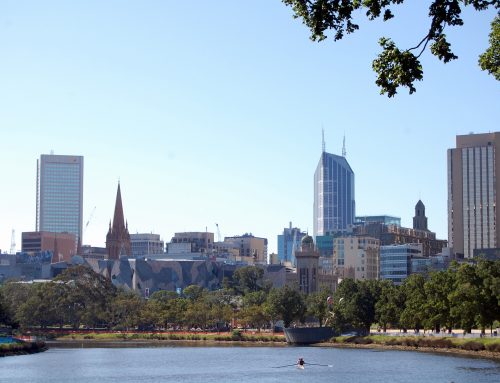How can we turn individual urban improvement initiatives into systemic change to produce resilient, livable cities?
Cities for People is an initiative based in Montreal, Canada that believes that like an ecosystem, a city’s strength and resilience depends on its ability to nurture the full diversity of its inhabitants and give them what they need not just to survive, but thrive. Cities for people has focussed on fostering collaboration, cross-pollinating ideas, and supporting cities in transition. A number of organizations have come together to promote the ideas behind Cities for People, including educational organization, grassroots organizations, local NGOs, local Businesses, local Government, stakeholders, the McConnell Foundation, One Earth, SIG, plus many smaller local organizations that operate in neighbourhoods and communities. This initiative is designed to grow to involve more people and places.
In their own words:
Cities for People grew out of a finding that in Canadian cities and around the world, there is a pressing need to concurrently address changing societal aspirations, environmental imperatives, shifting demographics and rising social inequalities. There is also a demonstrable yearning for change and largely unmet civic appetite for involvement in local change and global governance. We see this in large scale citizen demonstrations from the Idle No More movement, the Arab Spring, Occupy Wall Street, and protests in Ukraine, to burgeoning local movements with global connections such as Jane’s Walks, Car-free Days and Parking Days, and 100 in 1 Day festivals. We see the confluence of these pressing environmental needs and societal yearning for change as a momentous opportunity to harness collective energy to shape better cities.
Cities for People recognizes that people and organizations are already creating and carrying out all sorts of innovative, ecological, and inclusive projects on the ground to address the needs of people in cities. For example, they are greening neighbourhoods while producing local food; creating social enterprises to reduce poverty; mentoring immigrants and making spaces for them on community boards; and using community arts and sports to mobilize and celebrate civic participation. And yet, these localized innovations are not necessarily adding up to something greater than the sum of their parts. The central question being asked in this initiative, that is very relevant to how ‘seeds of a Good Anthropocene’ might spread as well, is: How can urban innovations be catalyzed and connected more effectively to bring about systemic change that would make our cities more resilient and livable?



